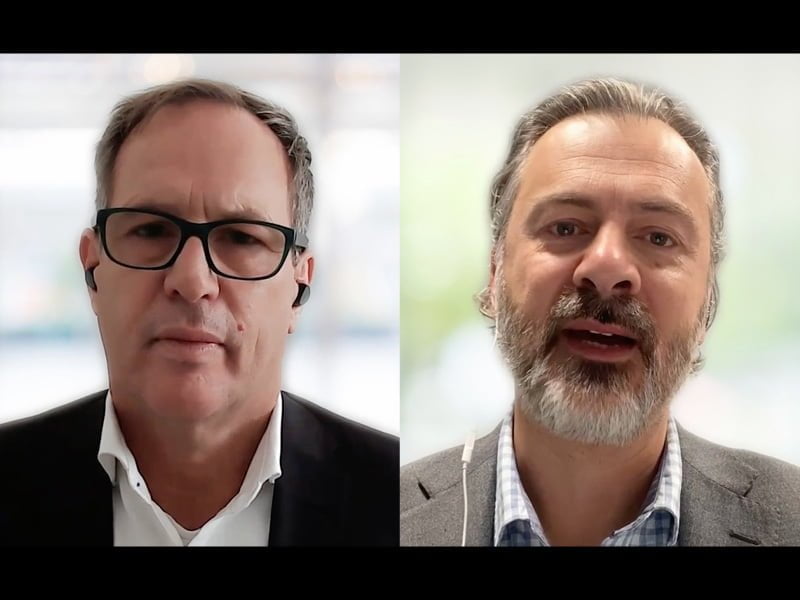Natural hazards pose an existential threat to Australia’s national security, which demands the application of innovative technologies, national coordination and prioritising cross-sector investment towards the most disadvantaged regions.
This can not only protect local communities, but also dampen the inflationary economic effects of natural hazards.
Australia allocates 3 per cent of its resources to resilience and disaster preparedness; 97 per cent to crisis response.
Inverting this spending curve is critical to the country’s future prosperity and independence within the context of protecting mission-critical infrastructure and fighting climate change.
The Black Summer bushfires doubled Australia’s carbon emissions for the year. Natural disasters also disrupt communities, with one town recording 40 suicides among its 1,000 residents.
Fires and floods further impact family well-being and mental health, forcing parents to uproot children and move to new cities and schools.
“These families don’t care whether it’s the local, state or federal government that’s responding [to a crisis], in some cases a response that’s not good enough in their eyes. They become disenfranchised and lose confidence in our institutions,” said Adrian Turner, the lead of the Minderoo Foundation’s Fire and Flood Resilience initiative.
“These dislodged children are our next generation, [the people] that will give our country cohesion. So, the incentive systems right now are upside down.”
Mr Turner has called for industry, impact philanthropy groups, NGOs, charities and government to lean in under a collective effort. He says that for every dollar invested in resilience, can save approximately $7 in response and recovery.
Ultimately there may be no choice, with large parts of Australia – including Queensland –uninsurable, requiring billions of re-insurance dollars from the government. A more integrated approach engages insurance, banking, retail, and utility sectors to de-risk their portfolios together when a disaster hits.
These disasters should be viewed as more than just moments of crisis to be valuable training grounds for developing all-hazard resilience capabilities.
The lessons learned in fighting wildfires and floods apply to non-kinetic events such as cyber intrusions or power-grid failures inside mission-critical infrastructure.
Meeting this challenge requires the use of data to inform decision making and prioritise investment to the communities that are most exposed and vulnerable.
Minderoo has built a national Resilience Index which contains data of the least resilient communities down to the size of 2-700 households, based on 45 indicators.
“We can stack rank where the high-risk areas are, [to] inform us where we should invest in a data-driven evidence-based approach,” said Mr Turner.
This data tool helps direct scarce investment in lean economic conditions towards the communities that need it most, including those that may not have the means to apply for government grants.
Shifting the focus to resilience and preparation for disasters is also inherent in the ambitious goal of Minderoo’s Fire Shield Mission – to put out a dangerous fire anywhere in the country in one hour by 2025.
One of the ways this is being proven possible is through the recent launch of XPRIZE Wildfire, a A$16million global competition to innovate firefighting technologies that will end destructive bushfires.
The ability to fight fires quicker in the future hinges on the real-time detection from space, under emerging space commercialisation and a constellation of low earth orbit (LEO) satellites.
Supporting elements include AI, robotics, and the application of remote sensors on the ground to guide autonomous craft, including drones, to trouble spots.
While the LEO nanosatellites are already being launched into space by Australian startups like Gilmour Space, solving accuracy issues around the sensor technology in a civilian context has yet to be created.
To date, more than 90 teams from dozens of nations, including Australia, have entered XPRIZE. Minderoo is calling for more Australian teams to join these ranks to have the opportunity to commercialise their technologies on a global scale and solve the worldwide issue extreme bushfires.
The contest could eventually attract over 100 entries showing the level of innovation aimed at tackling extreme weather events.

It has also drawn the highest early response so far outside the $100 million Elon Musk carbon sequestration project that could change how Australia and the rest of the world fight fires.
“This tells me that people think they can solve the problem, ultimately leading to a global fire watch service that can immediately detect and get information to response teams,” said Mr Turner.
The New South Wales Rural Fire Service will assist with testing the technologies for XPRIZE Wildfire.
To further inform Australian businesses, an expert panel will join the upcoming Calling Aussie innovators to solve a global problem: fighting fires from space webinar, hosted by InnovationAus.com and Minderoo. The industry’s leading voices in space, technology and fire and flood resilience will educate teams working with exponential technologies on reframing their operations to create innovative firefighting solutions.
Another Minderoo initiative called the Australian Resilience Corps, developed with Founding Partner NRMA Insurance, aims to recruit 125,000 volunteers by 2025 to bolster community-led resilience efforts during the off-season.
If achieved, it will be three times larger than the Defence reserves.
“Encouragingly, volunteers from corporate Australia and universities are joining, and the response has been extraordinary,” said Mr Turner. “There is an intense desire, particularly among young people, to contribute and combat the helplessness often felt in the face of climate change.”
Minderoo intends to be something other than the long-term operator of the Corps or even the Presenting Sponsor of XPRIZE Wildfire.
The foundation depends on fostering public-private partnerships for fire and flood resilience under a collective of organisations that carry these bold initiatives forward beyond 2025.
This video interview and accompanying article were produced by InnovationAus.com in partnership with Minderoo Foundation.
Do you know more? Contact James Riley via Email.
